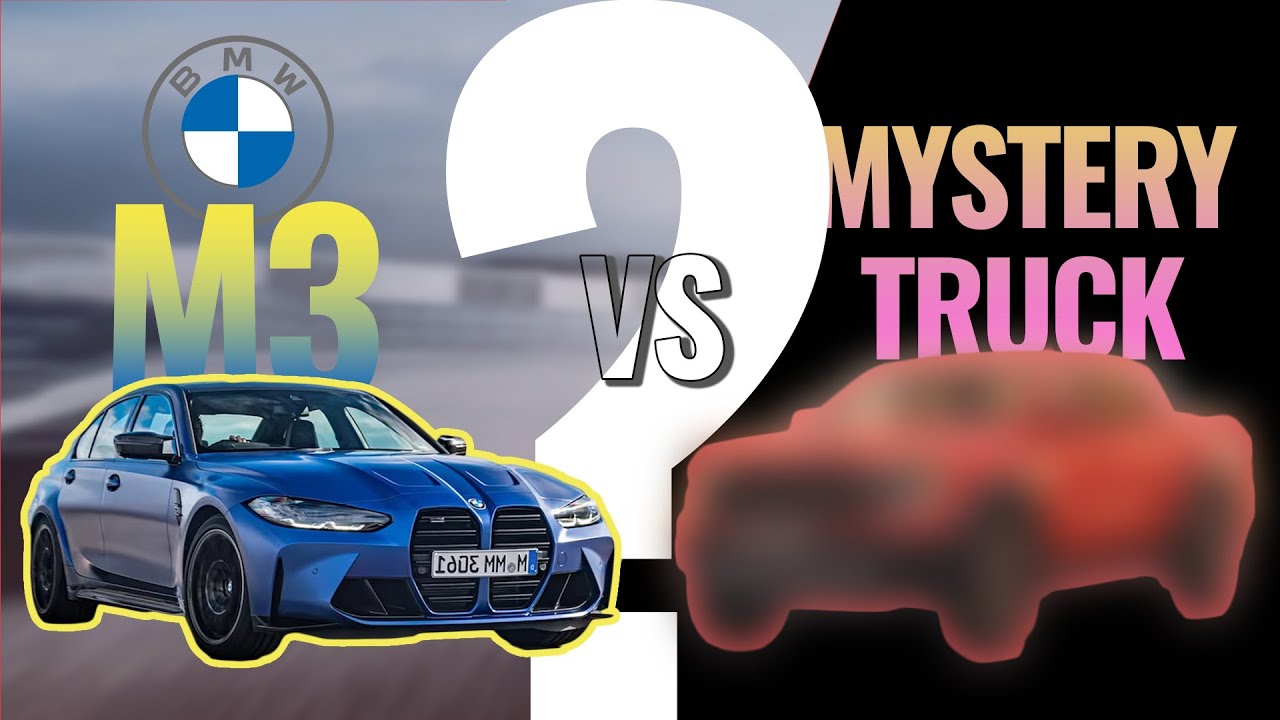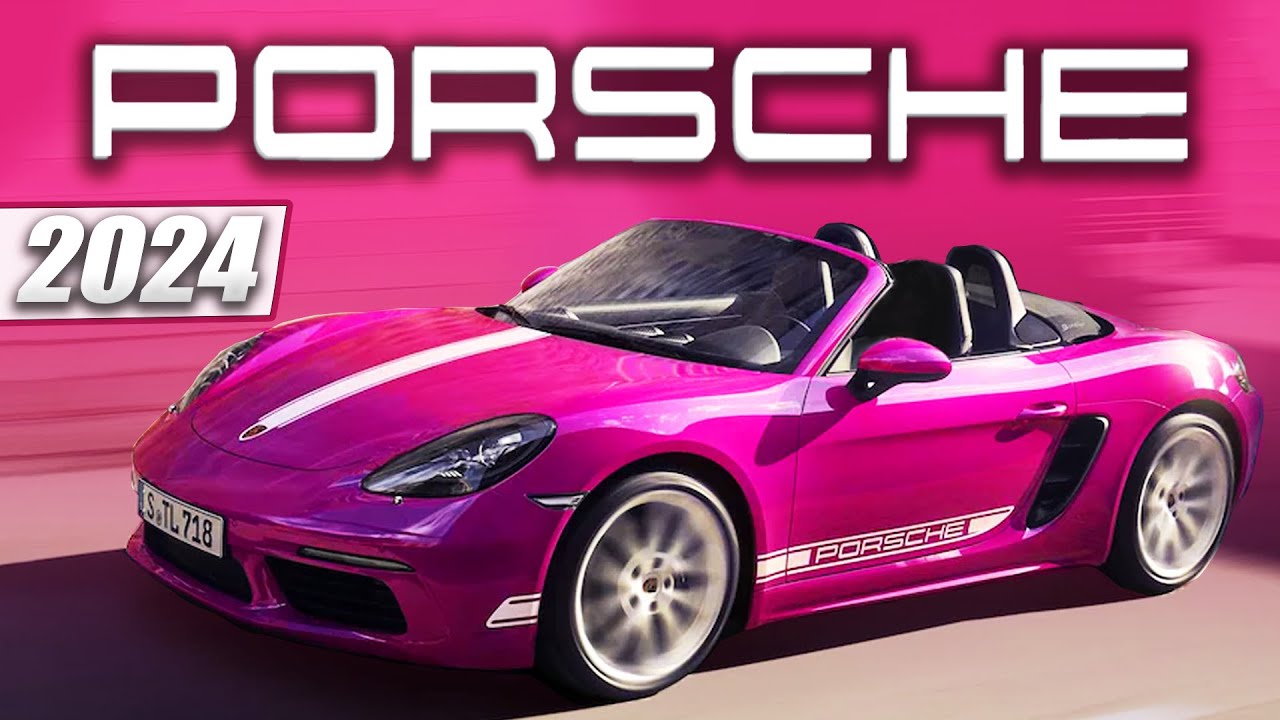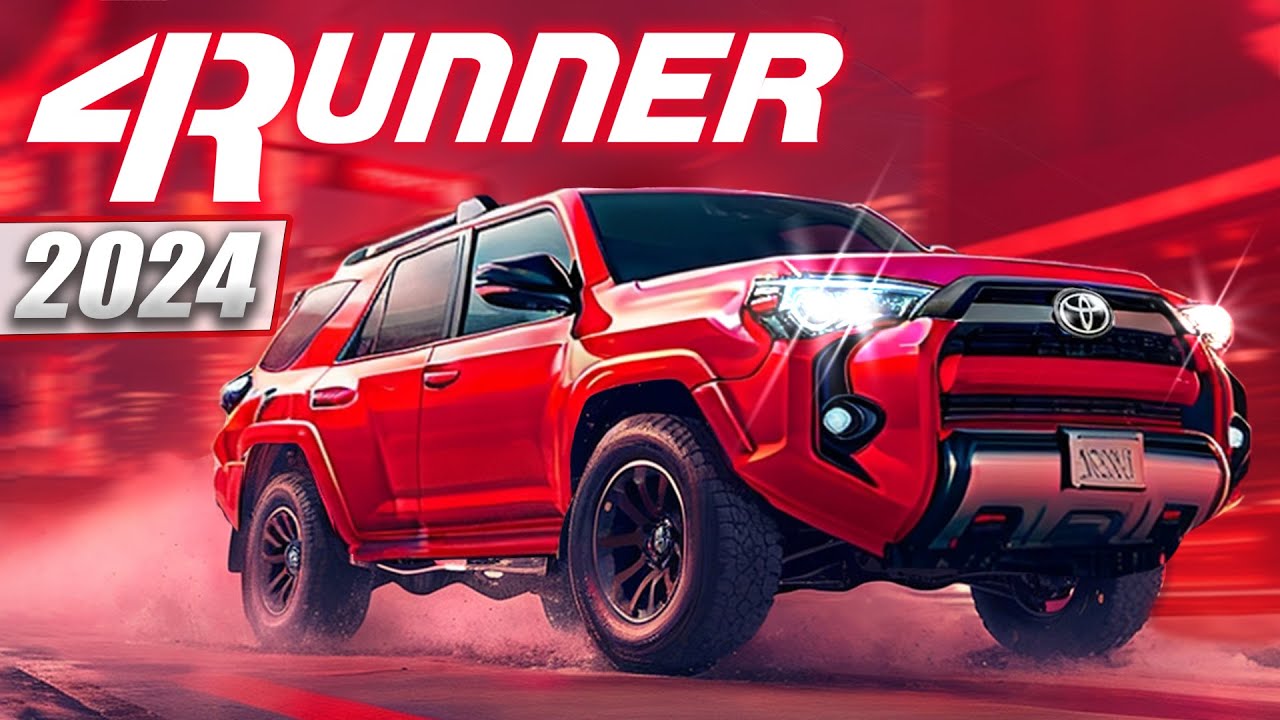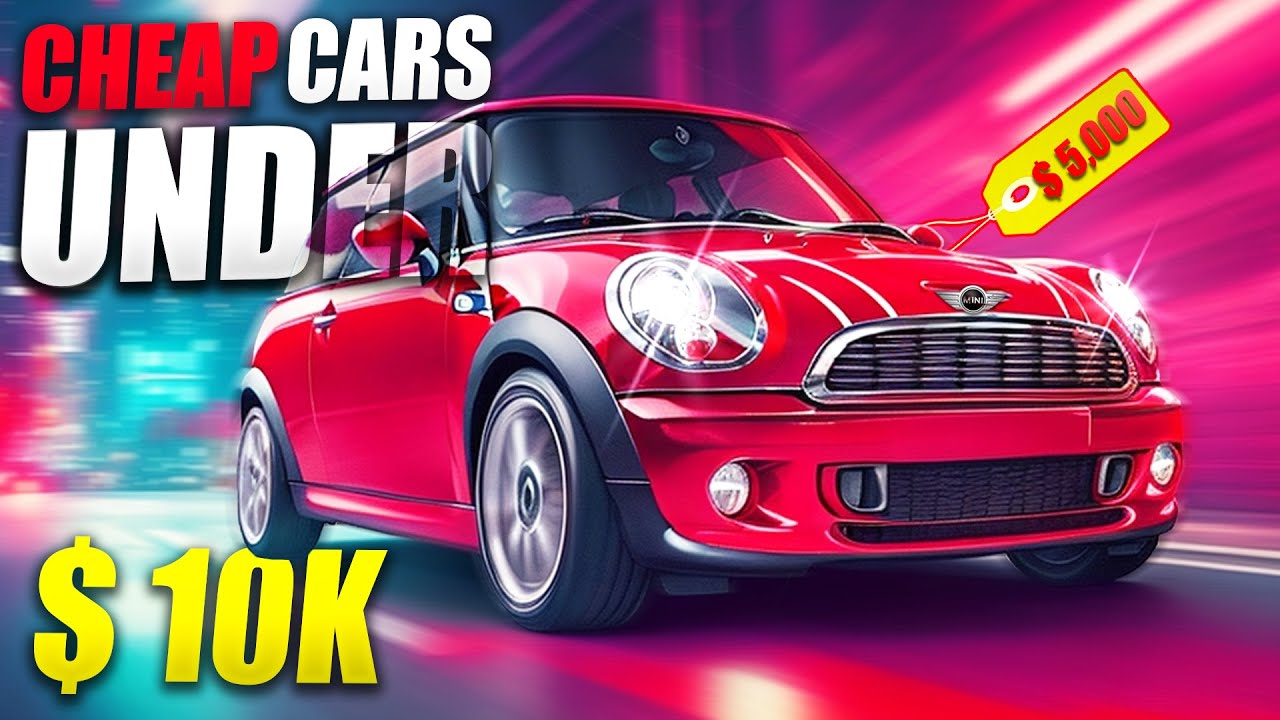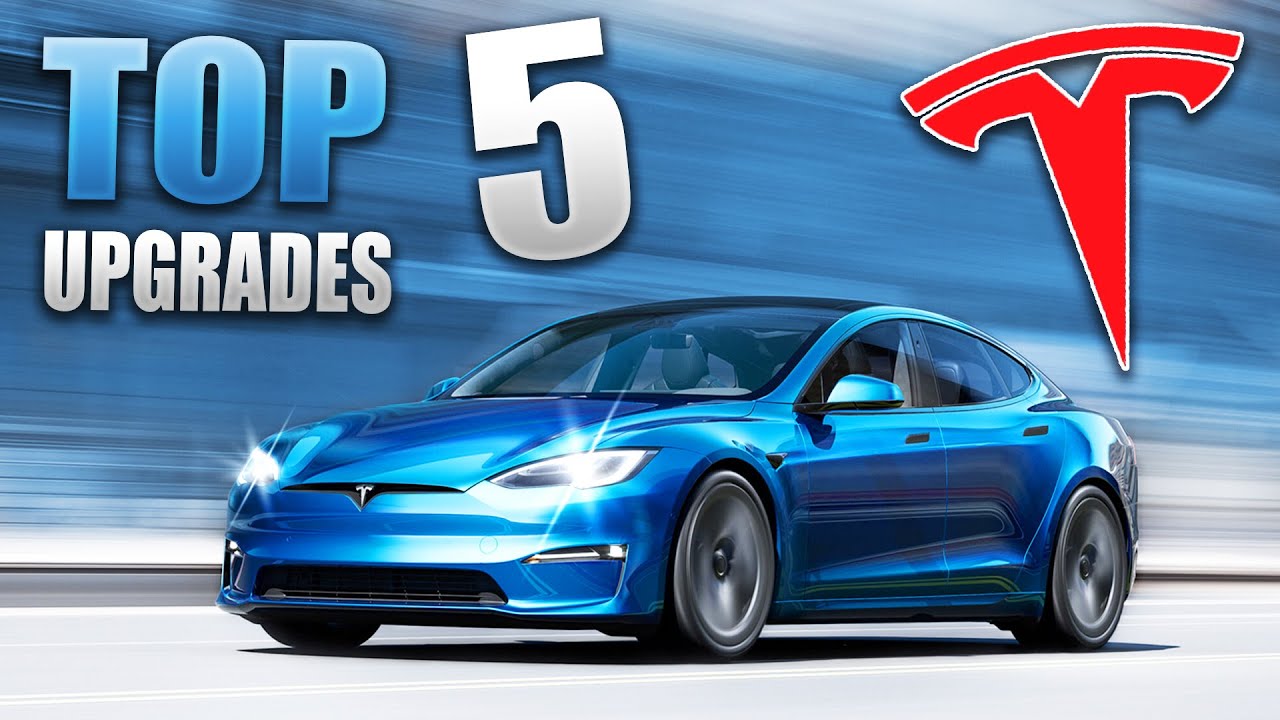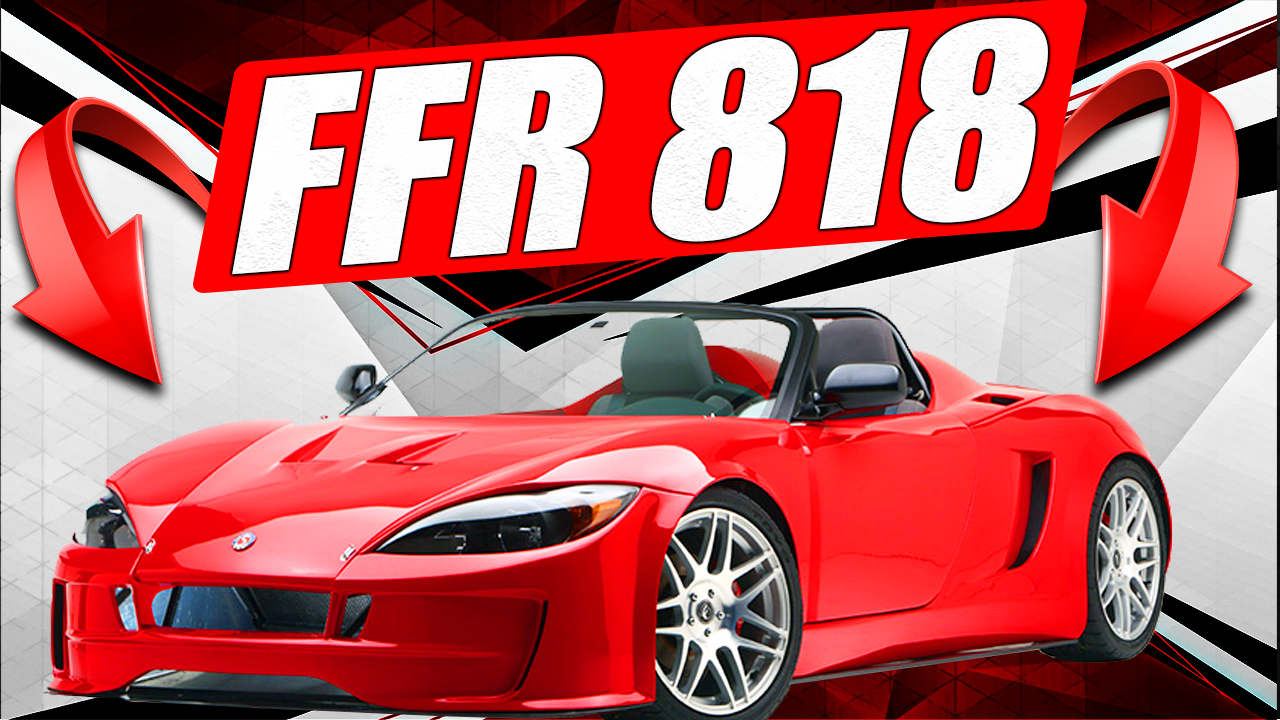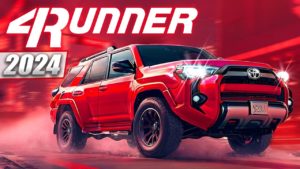The M3 has been an industry icon for many years; well, decades, really. Few brands have consistently balanced performance, luxury, comfort, power, styling, and everything else. After all, it is the Ultimate Driving Machine, Isn’t it?
Audi RS, Cadillac CT4-V, Lexus IS 500, and Mercedes-Benz AMG C63 are all considered the primary competitors for the M3. There are hundreds of reviews comparing these against each other, and even the manufacturers use this set to design against.
We were reviewing a production truck the other day and noticed the numbers were impressive. So, we turned to different market segments to determine how good these numbers were. AND THAT’S WHEN WE NOTICED IT; This truck SPANKS the M3 in almost every category!
So, this begs the question; would you buy a truck that offers more utility without giving up all the bells and whistles the M3 offers?
For starters, let’s look under the hood of the M3 Competition.
A three-point zero-liter inline-six is boosted by a pair of Mitsubishi turbochargers connected in parallel that powers the M3. This combination produces 503 horsepower and 479 pound-feet of torque. Excluding the 680-horsepower hybrid power plant of the C63, the M3’s performance is at the top of its class.
In comparison, this supercharged five-point two-liter truck has 700 horsepower and 640 pound-feet of torque. The throttle is lightning fast, the exhaust is invigorating, and yet it is refined enough for daily driving. Impressive right? Do you know what truck this is?
But power isn’t everything. When it comes to acceleration, weight, and size play a significant role. The four-door saloon weighs 3,890 pounds. This gives the M3 a power-to-weight ratio of zero point one three horsepower per pound. That’s not fantastic, but it isn’t bad.
For reference, a Hennessey Venom F5 has a power-to-weight ratio of zero point five to one, and a Nissan Sentra’s ratio is zero point zero five to one ratio.
Behind the M3’s three-liter is an eight-speed STEPTRONIC automatic with drive logic and Launch Control. This ensures maximum power is transferred to the ground without blowing the tires off. This makes a huge difference and results in blistering 0 to 60 times in the three-point eight-second range. Certainly, no production truck can beat that?
We all know that trucks are heavy. They have big cabs, full frames, beefy transmission, and so on. It comes as no surprise this truck is 6,050 pounds. That is almost 2,200 pounds heavier than the M3. Its power-to-weight ratio is, in fact, lower, coming in at zero point one two.
On top of that, trucks have large wheels and tires. That’s lots of mass to get moving, and their shape isn’t necessarily known for aerodynamics. So, it should come as no surprise this truck has a zero to sixty time of three point seven.
WAIT, three-point seven is actually faster than three-point eight. How can that be? This truck is faster, heavier, and has more rotational mass. That doesn’t make sense, right?
Sure, the truck has traction control and a ten-speed automatic, but what makes the difference?
This is when we take a step back and get a little technical. Please stick with us here; we will explain this in two different ways.
The first way:
Traction is a function of the friction between the tire and the road (the M3 probably has a little more here) times the weight of the vehicle (this is where the truck’s 2,200 lbs of extra weight come into play). So, more traction is available to the truck, and thus, it can put more power to the ground.
The second way:
The five-point, two-liter supercharged V8 creates gobs of torque and power throughout the RPM range. Due to the truck’s weight, the traction control pulls less power, allowing more power to be put to the ground. This results in a quicker 0 to 60 time.
Last chance to guess, do you know what truck this is? Post now.
The truck we are comparing the BMW M3 Competition to; is a Ford F-150 Raptor R with a five-point two-liter V8. Regarding our original question when we started this video, would you consider buying a Raptor R over an M3? Let’s see what boxes it checks; Aggressive exterior styling, check. Enormous horsepower and torque numbers, check. Maximum connectivity and infotainment, check. Sport-luxury comfort, check. Status When pulling up to an event, we will put a dash in this box. It does depend on what type of event you are pulling up to. Whereas the M3 is a solid check in this box.
Now let’s look at some boxes the M3 doesn’t necessarily have; plenty of extra room for all kinds of cargo even when the passenger seats are full; check. Hauling and towing, check. True on-road and off-road capabilities, check. The feeling of being an outlaw, check!
If we take a step back, we are talking about a truck vs a car here. By turning our attention to fuel economy, there is a clear advantage of an aerodynamic car vs a brick. In this case, the aerodynamic car is a twin-turbocharged inline 6 that does have to work. And that effort does require some petrol to quench its thirst. The M3 Competition is estimated to get 16 cities and 23 highways. That isn’t the greatest for a car, but this isn’t a typical car.
On the flip side of things, the Raptor R, with its big supercharged V8, gets about 10 mpg in the city and 15 on the highway. But really, if we are looking at vehicles that provoke this much emotion and we are comparing fuel economy, we have issues. I cannot recall the last time I smashed the right petal and thought, there goes a penny, and another, and another.
Back to the original question, would you consider the Raptor R when looking at the BMW M3?
